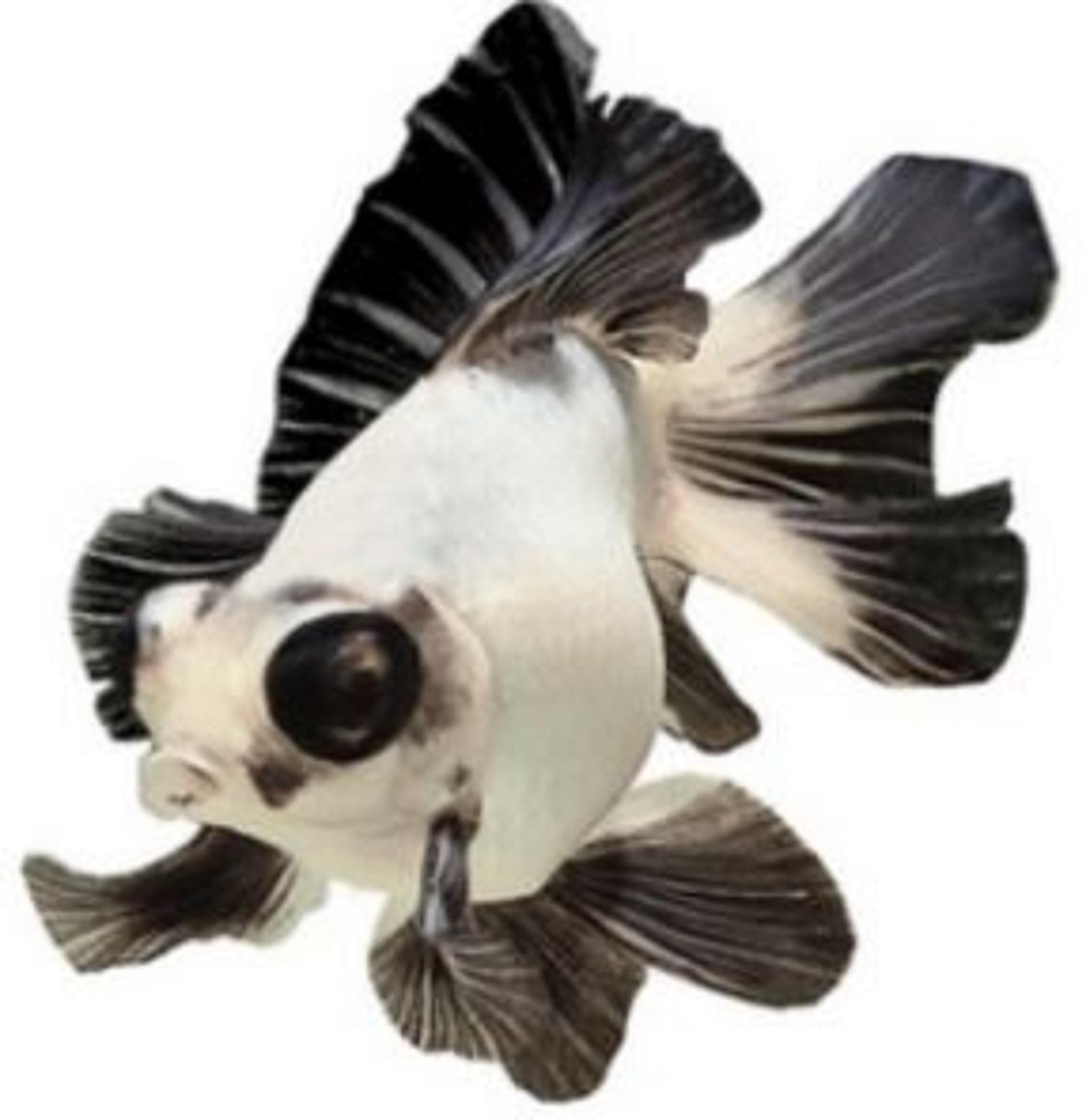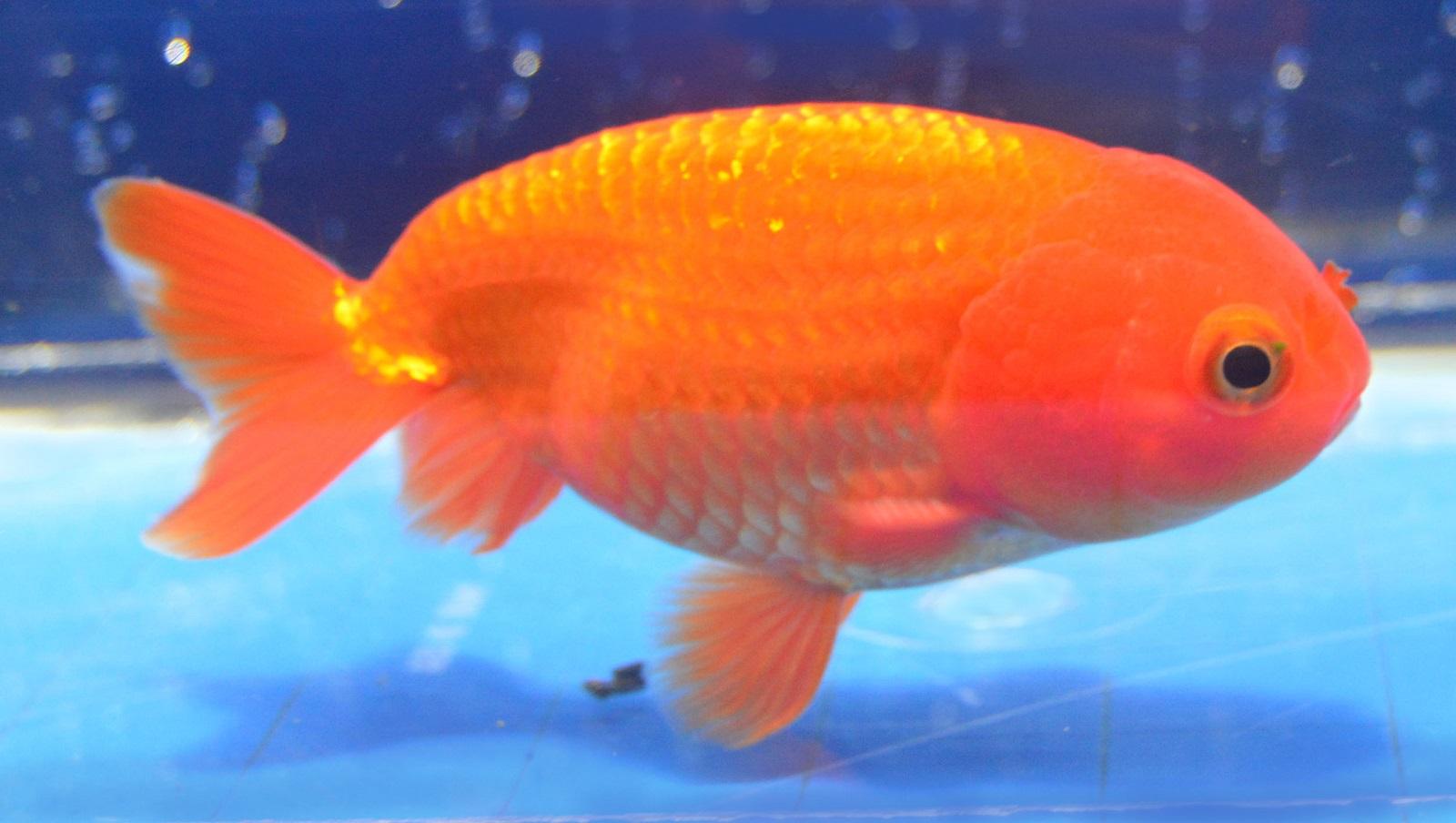Egg scatter laying adhesive eggs
Egg scatter laying adhesive eggs
These species simply lay their adhesive or non-adhesive eggs to fall to the substrate, into plants, or float to the surface.
Overview of Goldfish (Carassius auratus (Linnaeus, 1758))
- Family: Cyprinidae
- Size: up to 40 cm
- pH: 6.0 - 8.0
- Food habit: Omnivorous
- Description: The body is greenish-grey to orange without any silver at all. Common goldfish has elongated and sticky body. It has long dorsal fin and slightly forked, round caudal fin.
The main goldfish varieties are:
Black Moor
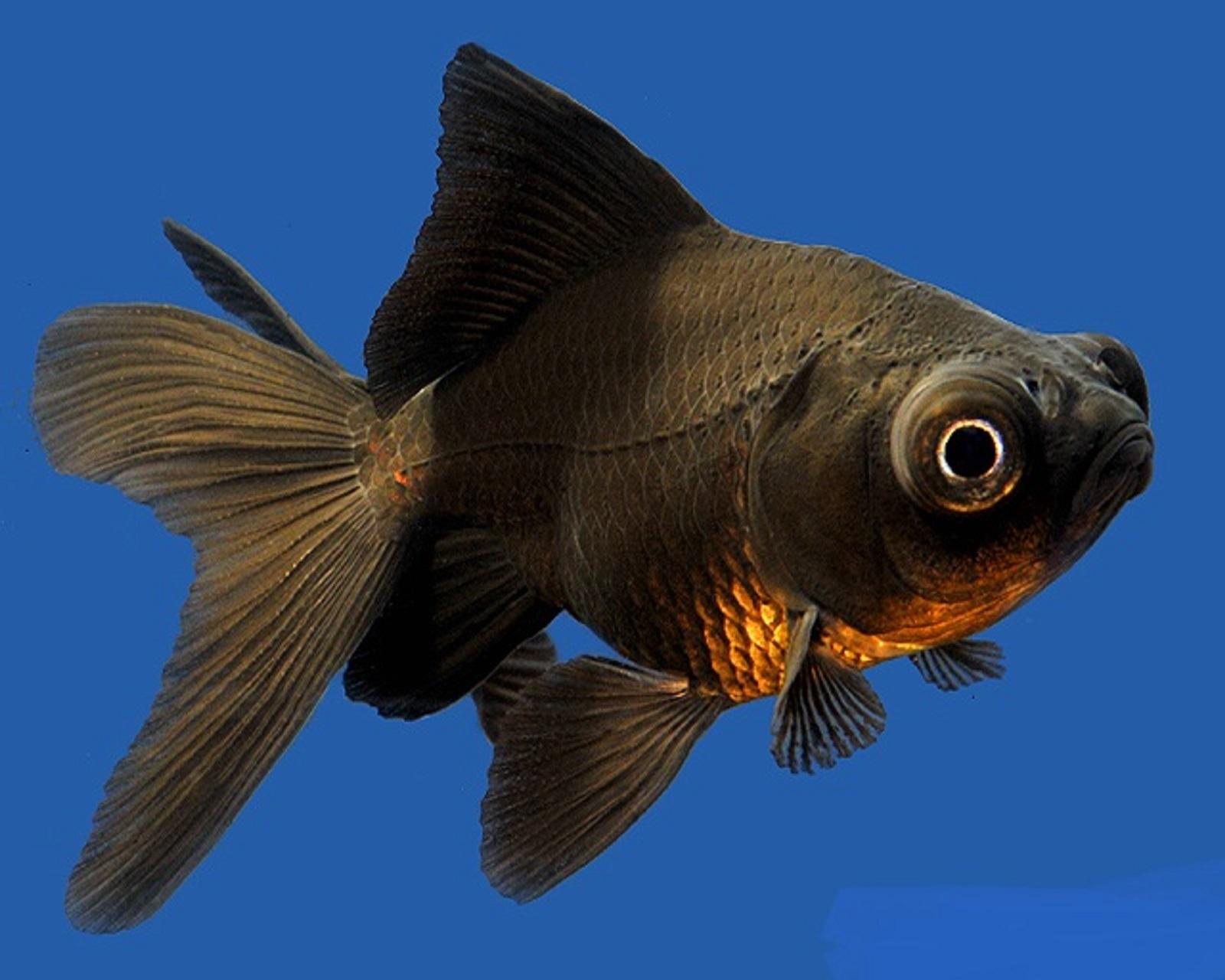
Bubble eye
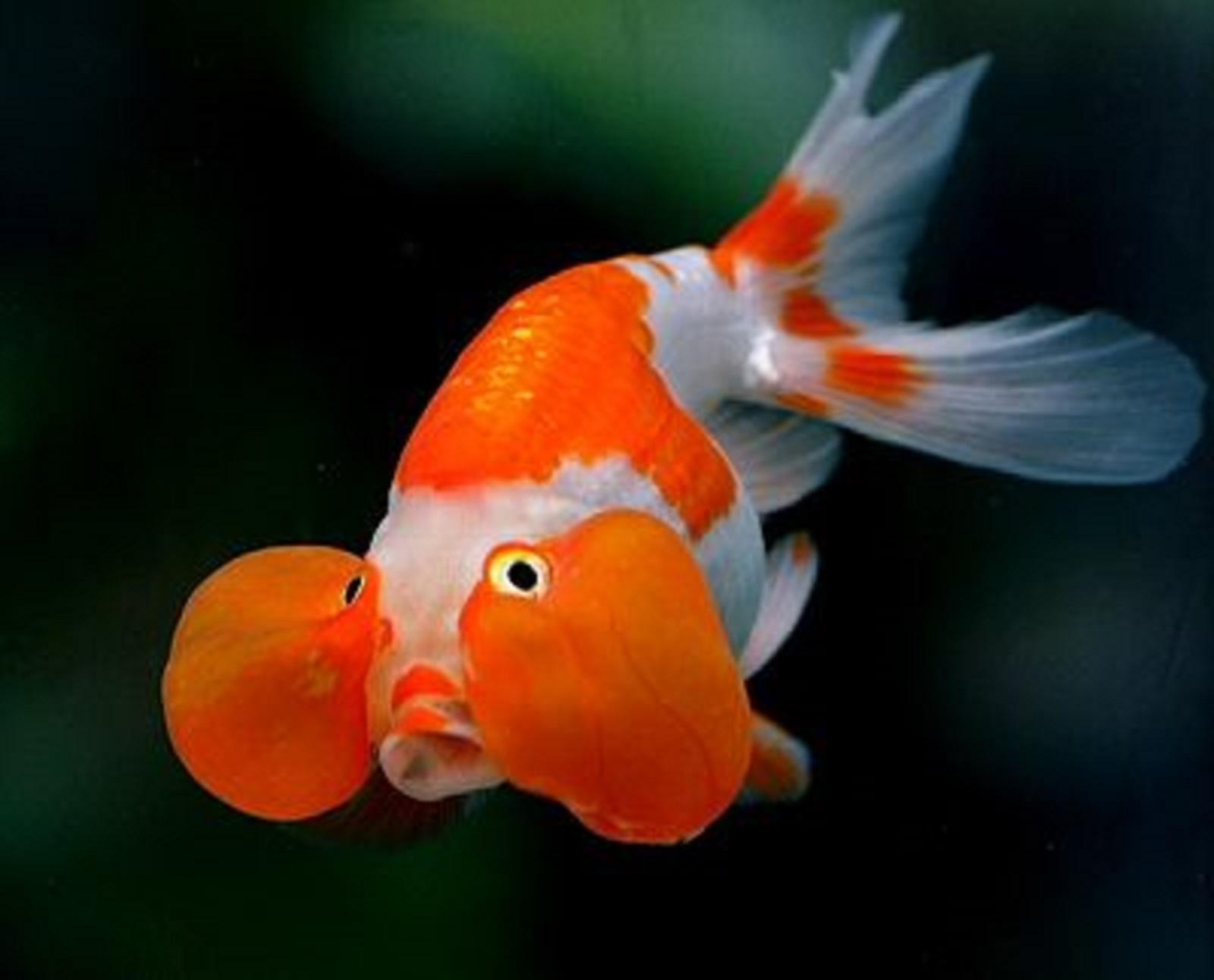
- Butterfly tail
- Calico
- Celestial eye
- Comet
- Common Fantail
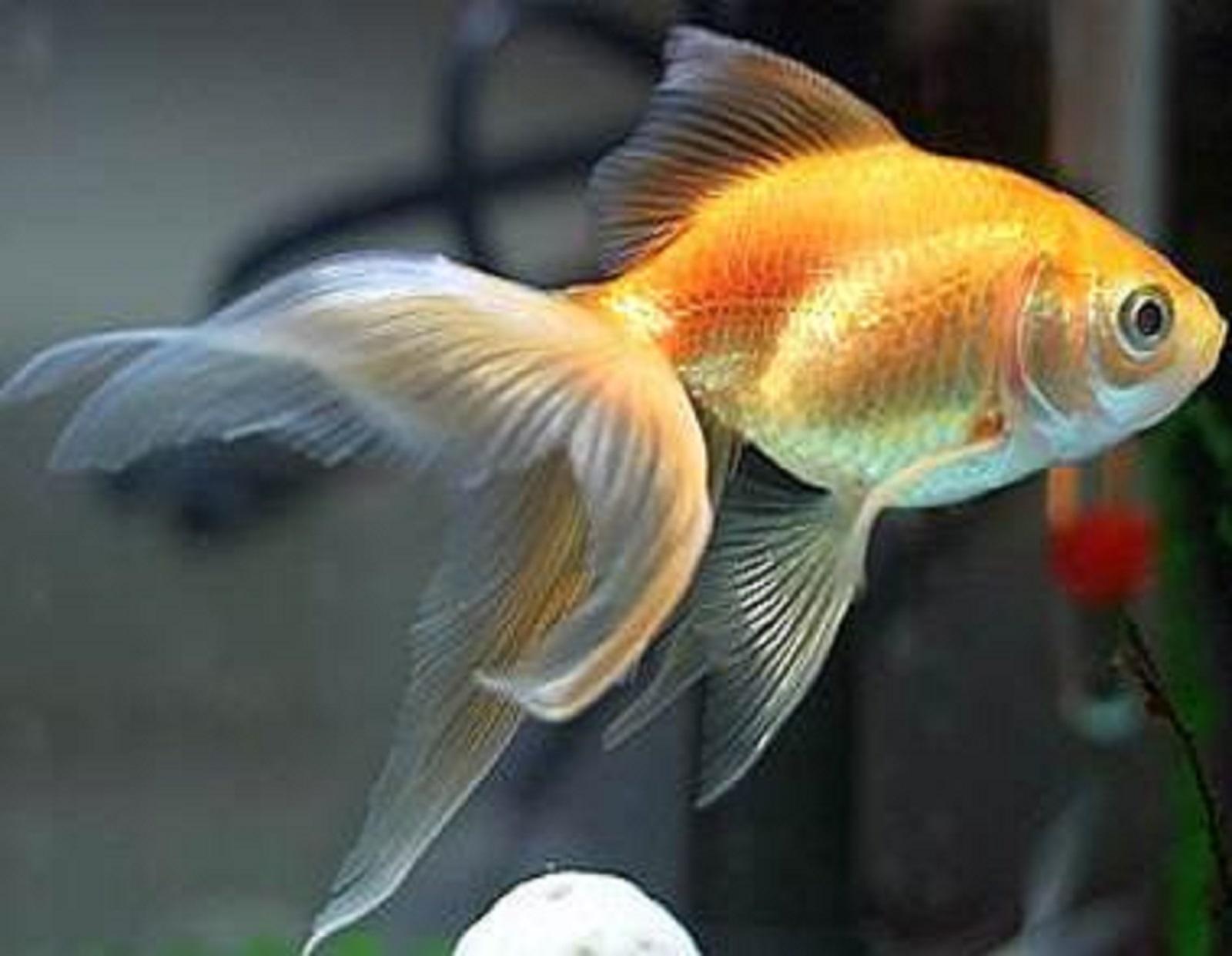
Lionchu
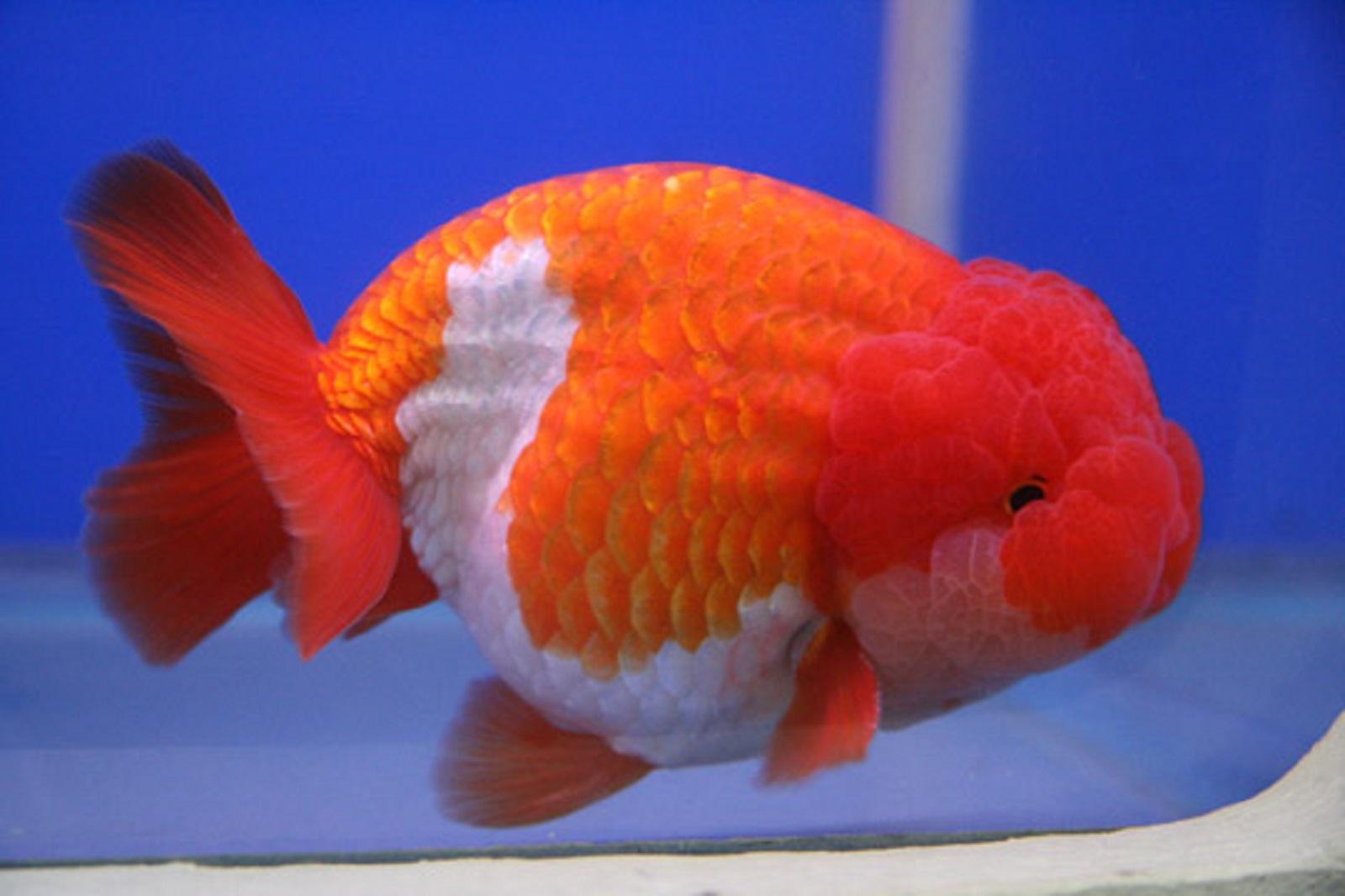
- Lionhead
- Oranda
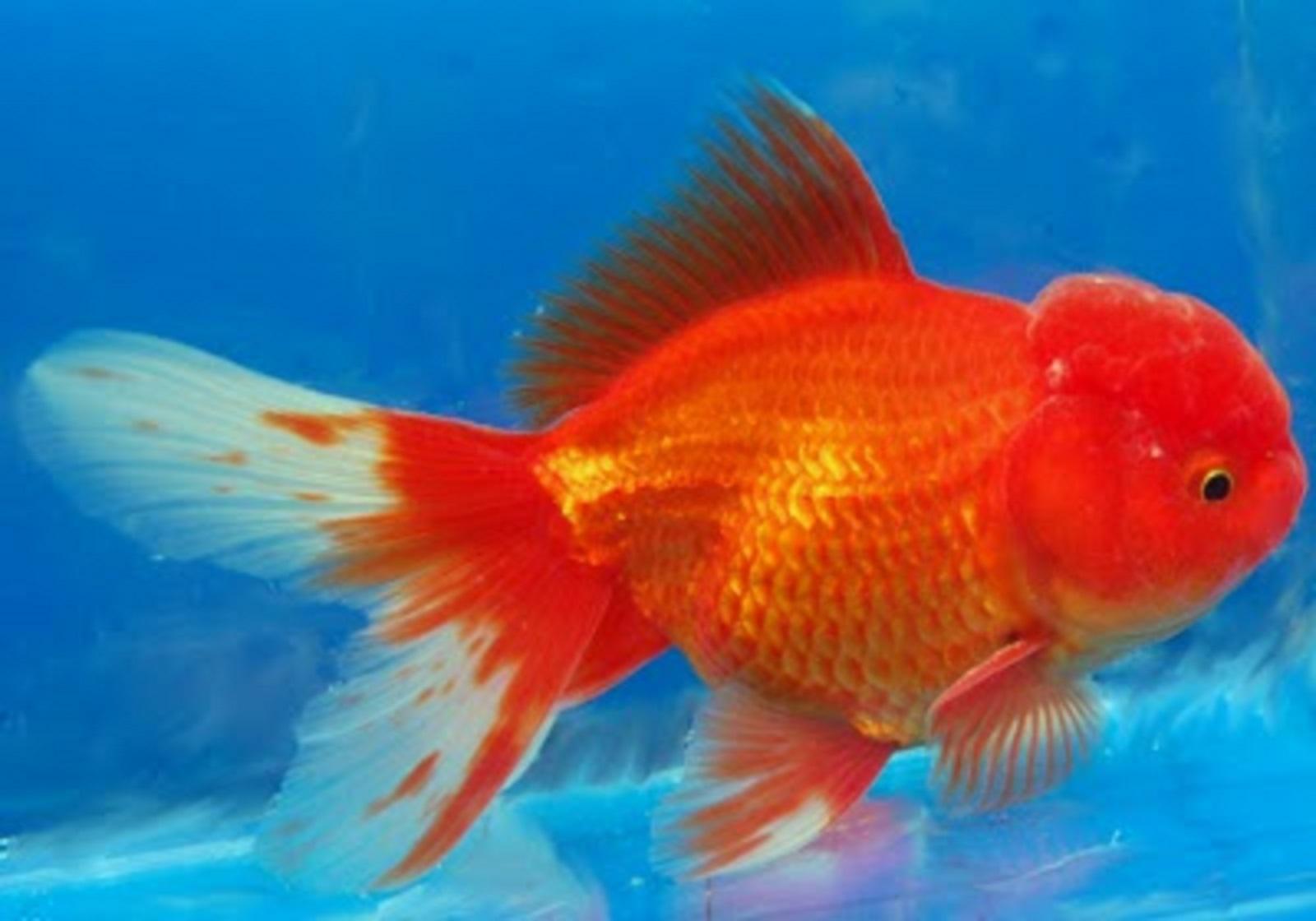
Panda Moor
Pearlscale
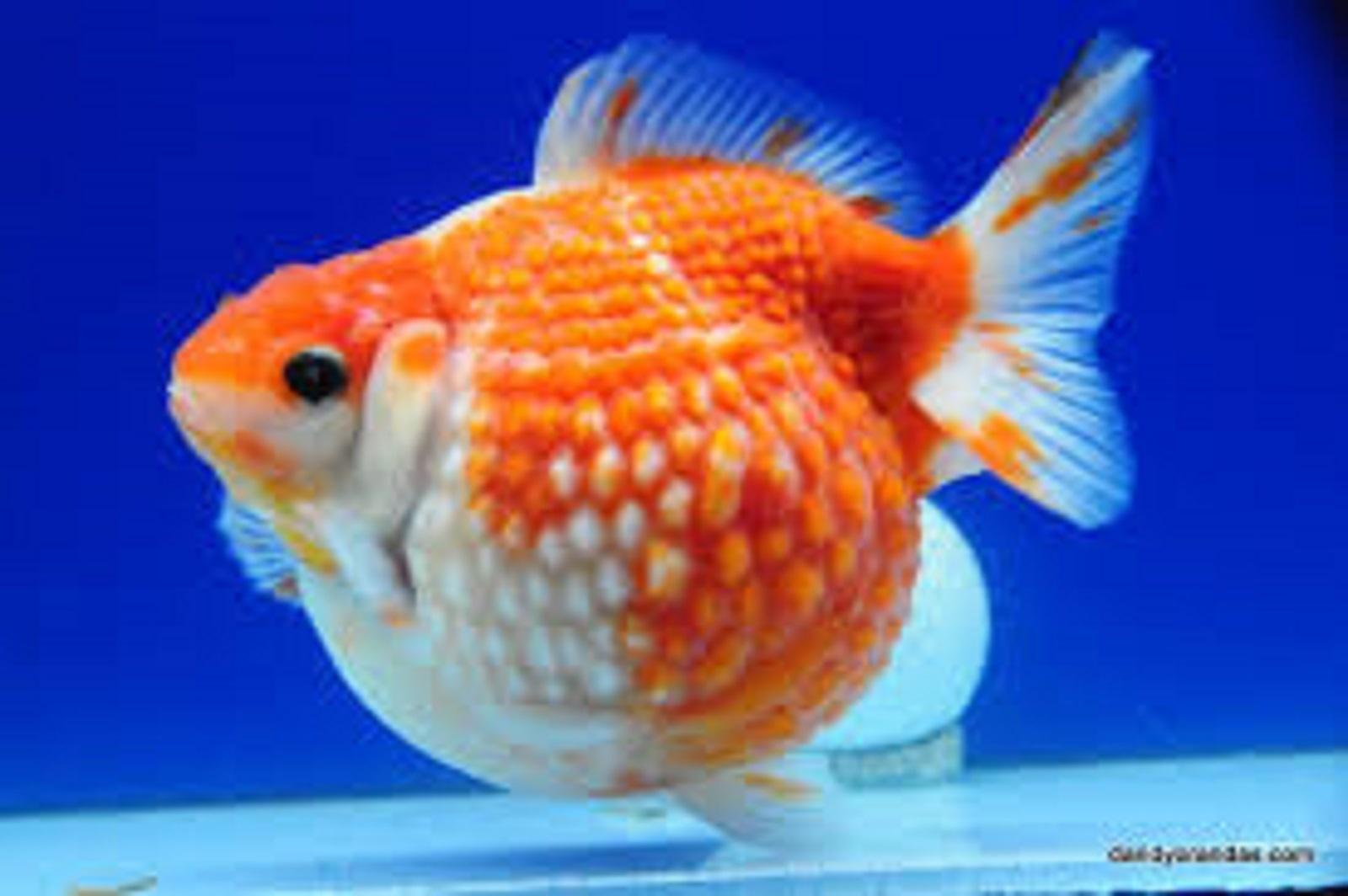
Pompom
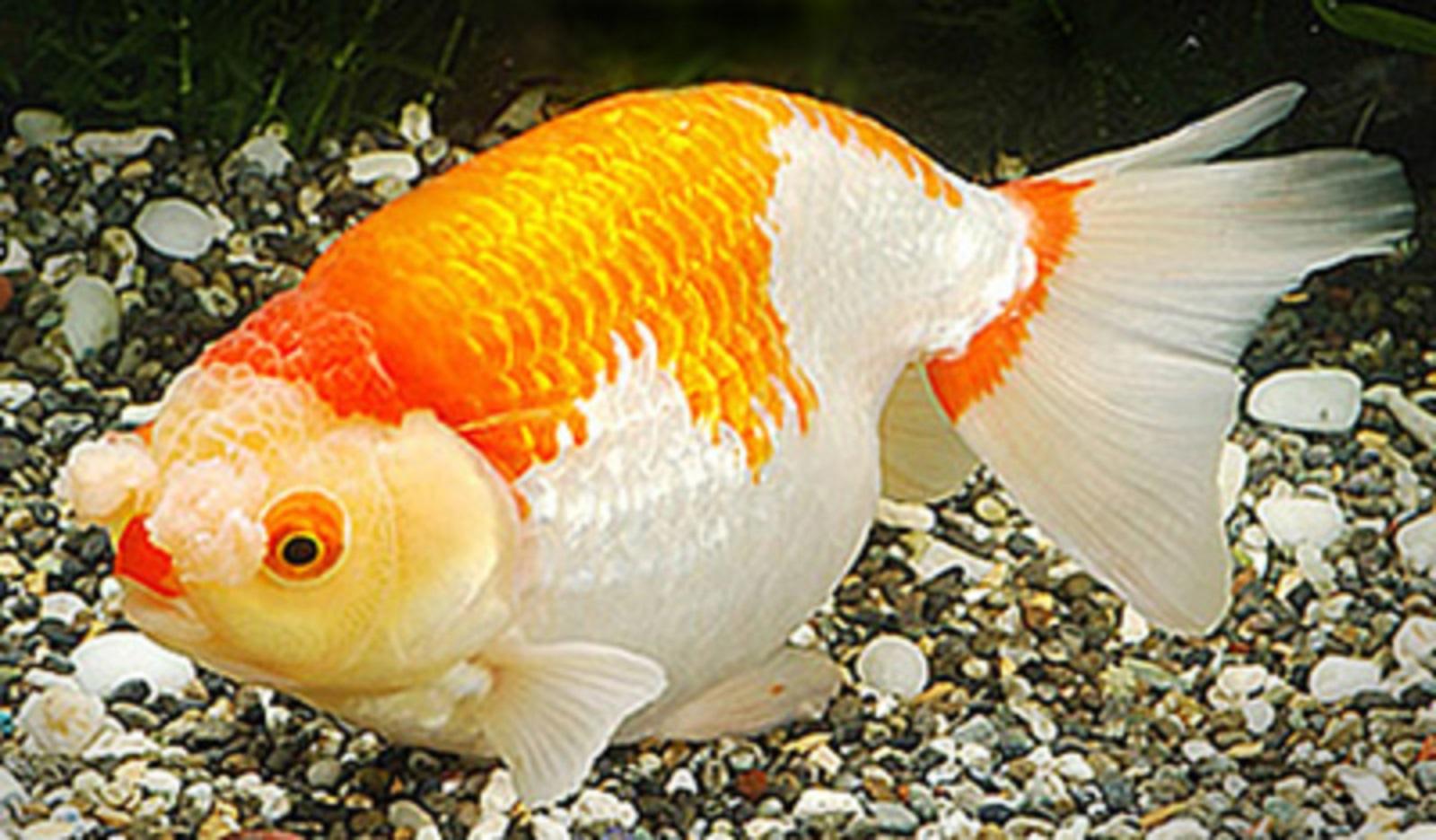
Ranchu
Ryukin
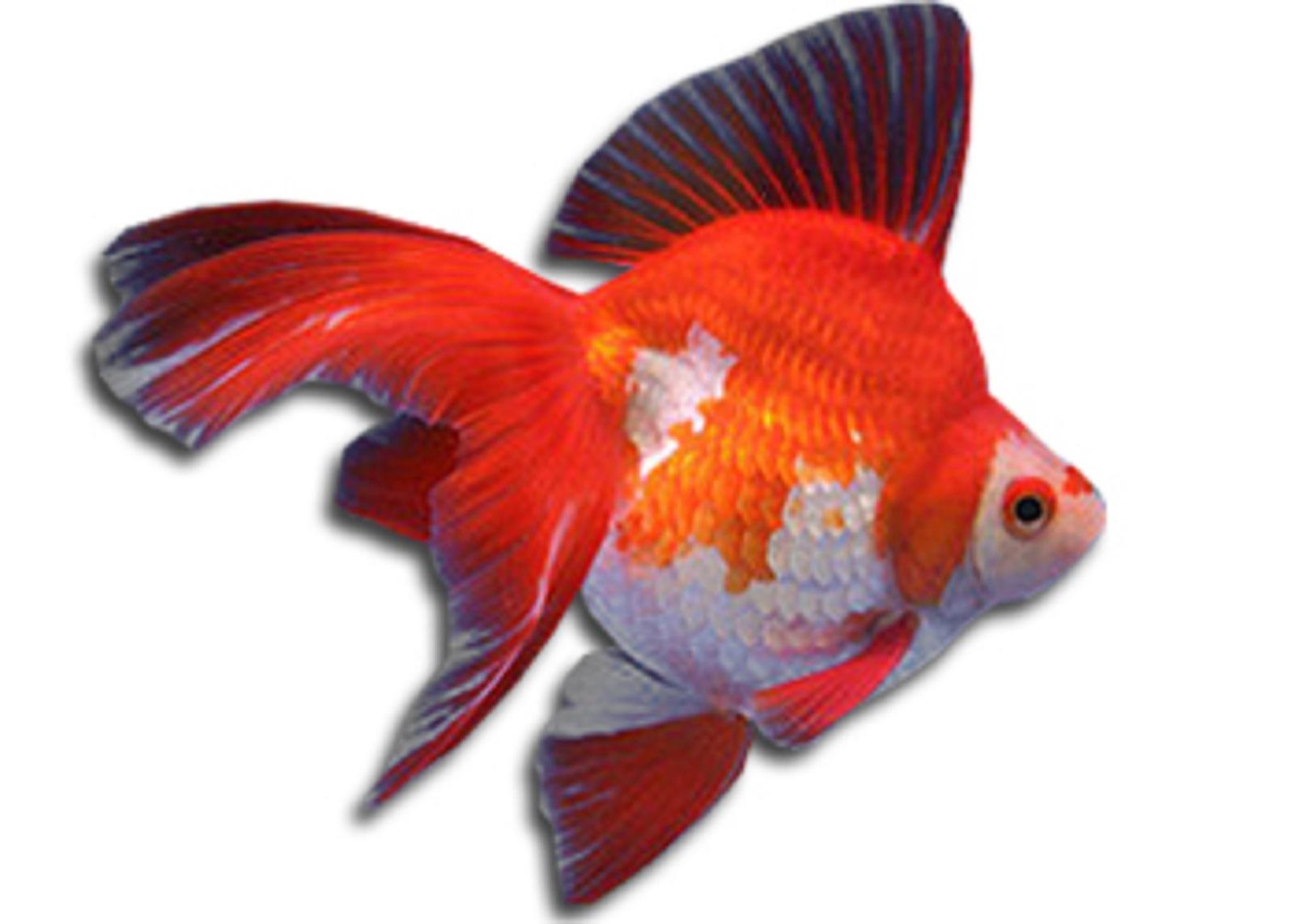
Shubunkin
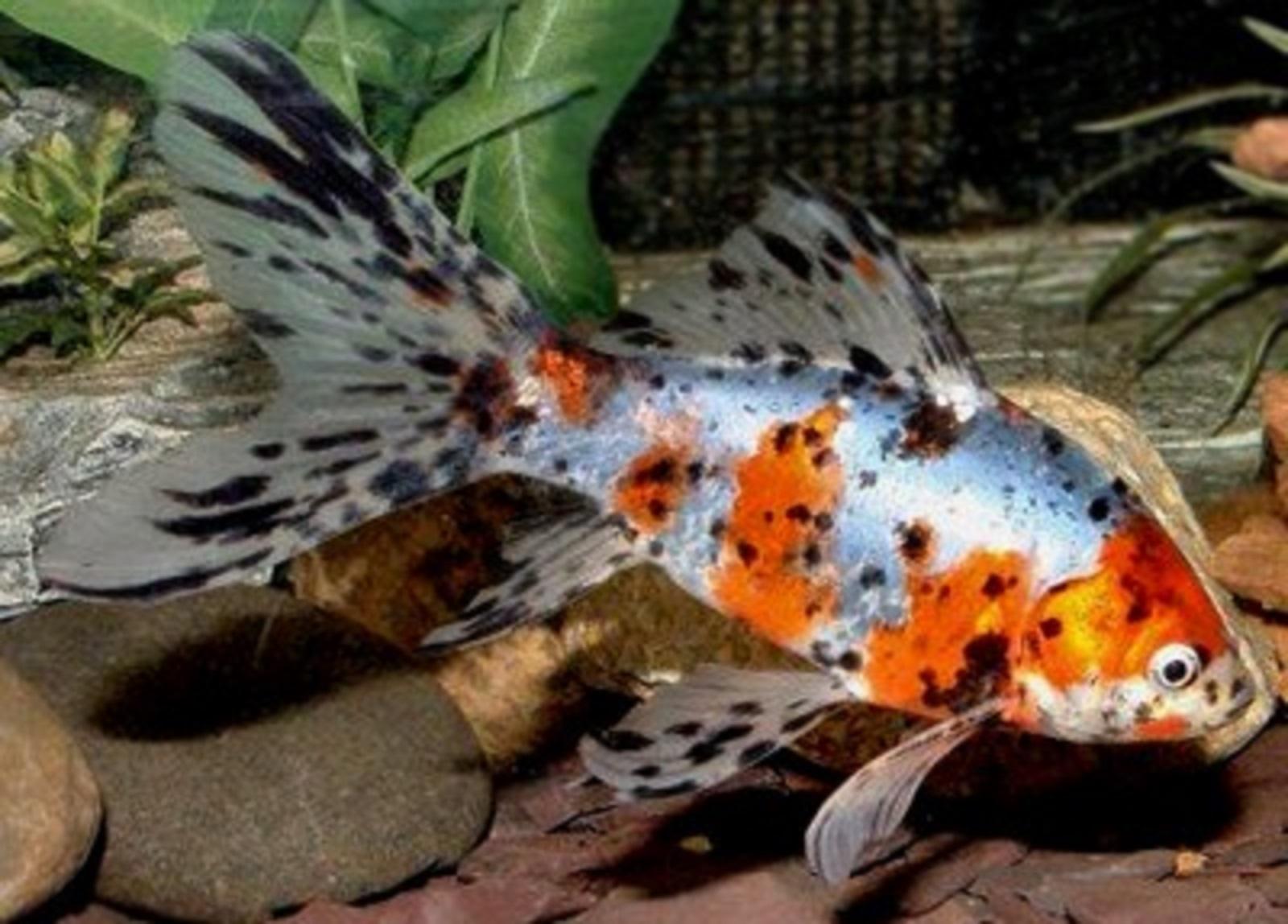
Telescope eye
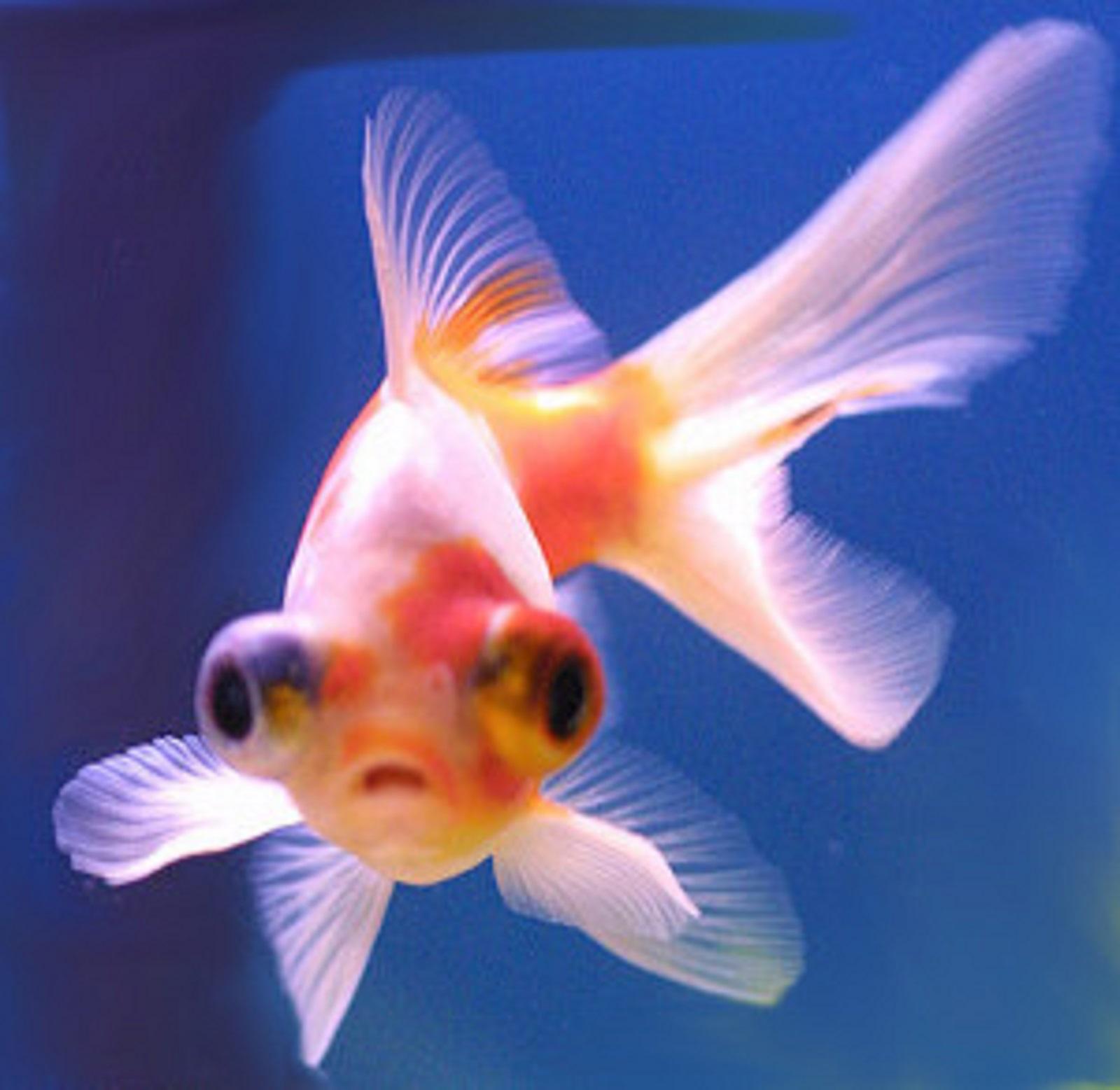
Veiltail
Goldfish breeding and seed production
Goldfish is considered one of the egg scatter laying adhesive eggs. It is most suitable candidate species for aquarium as well outdoor culture. The secondary sexual characters appear during the breeding season. There is no colour difference between the male and female. Females are typically wider than the males. The male has the tubercles on the head and operculum, when it changes into white, it is ready for breeding.
Prior to one week of breeding, the fishes are fed with live feeds especially Artemia. The breeding tank has to be disinfected with 1-ppm Potassium permanganate. For goldfish breeding, 50 percent ground water and 50 percent pond water is advocated. If possible, place the tank where it can receive sunlight during day time. Place brood fishes in a breeding tank, and do the partial water exchange at about 50 percent.
Eggs are adhesive in nature, therefore to provide substrate the natural plants such as the submerged aquatic plants, or the artificial nests such as the nylon rope (prepared using a split-nylon rope with one end tied). The preferred spawning temperature is 27 – 28oC, but it can be maintained with a water temperature of 20 – 30oC.
For breeding, an ideal sex ratio of male and female is 2:1, which is introduced into the breeding tank during evening hours. While chasing, the male presses its operculum against the female abdomen to fertilize the eggs. The egg laying takes place usually within 6 -12 hrs of pairing.
After spawning, the nests are transferred into the other tank or the brood fishes are removed from the tank. If it is not done, they may eat the eggs to recover the energy lost during spawning. Generally, Female lays about 2000 – 3000 eggs. The eggs are of golden colour and transparent. The transparent area is gradually decreased in fertilized eggs. Unfertilized eggs remain opaque. The hatch-out take place within 3 days, normally it ranges between 80 – 90 percent.
References
- Ahilan, B., Felix, N. and Santhanam, R. 2008. Textbook of Aquariculture. Daya Publishing House, New Delhi.
- Ornamental fish production and management, online e-learning on Agricultural Education
- Swain SK., Sarangi, N. and Ayyappan S. 2010. Ornamental fish farming. Indian Council of Agricultural Research, New Delhi.
Last Modified : 6/29/2024
The topic provides information about the grow out...
This topic provides details about species profile,...
This topic provides information related to culture...
This topic provides information about brood stock ...
